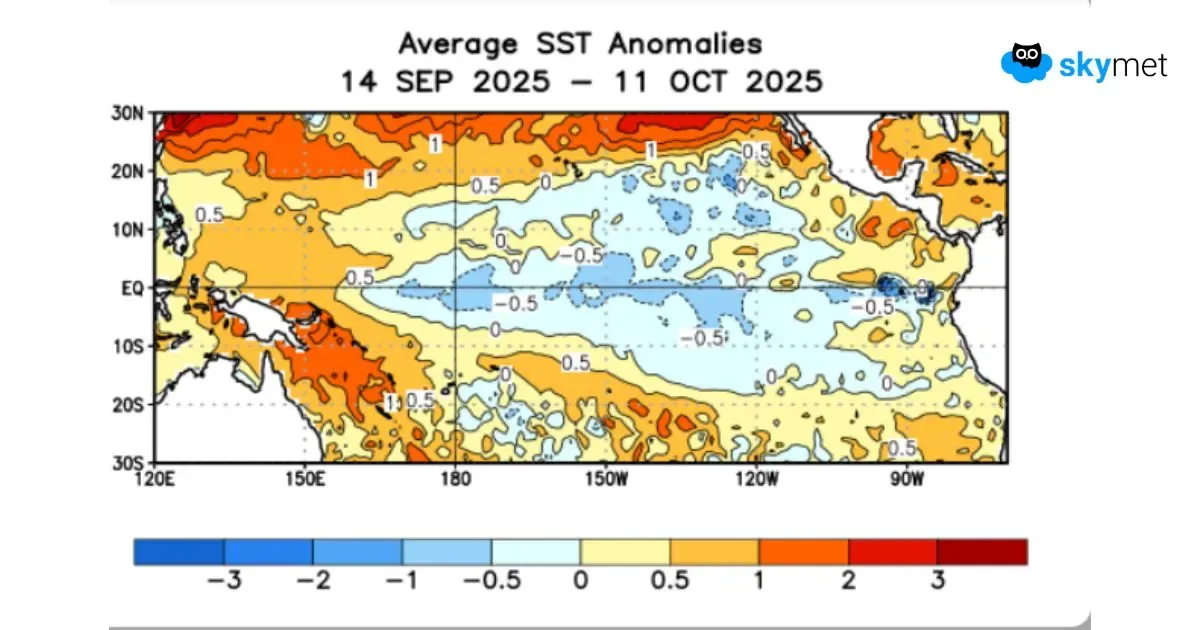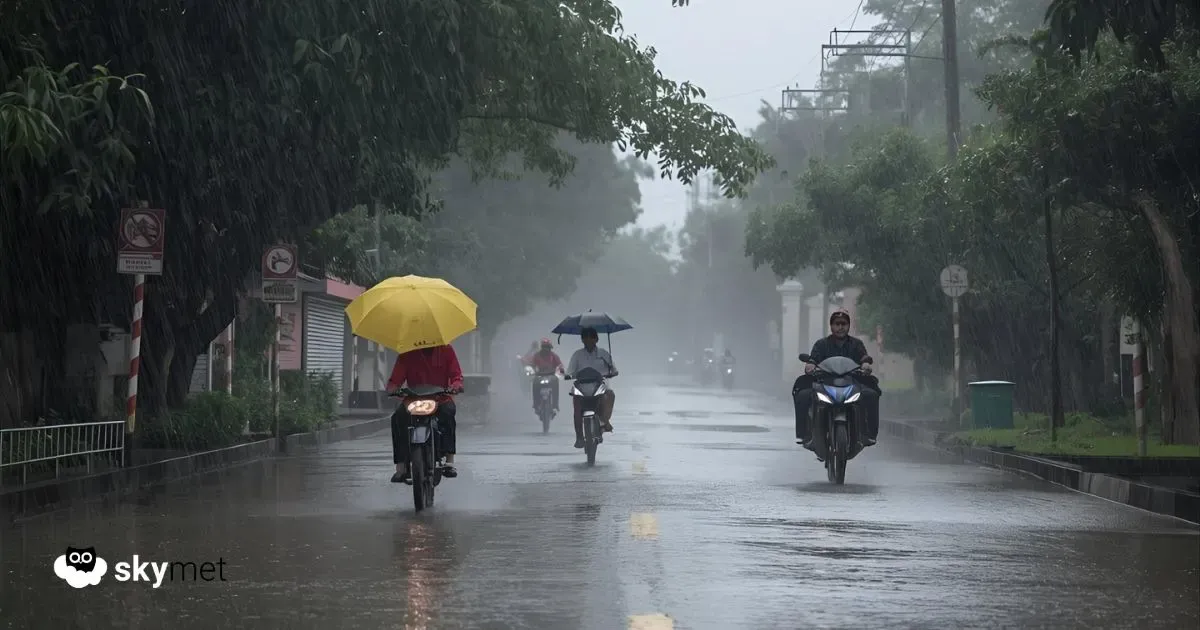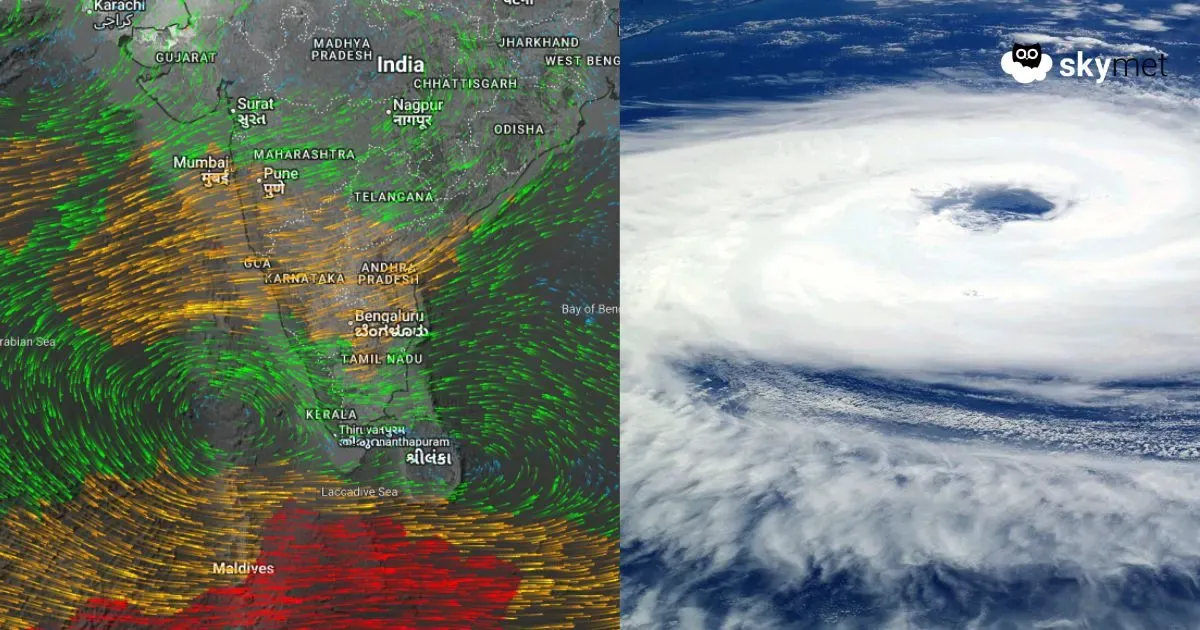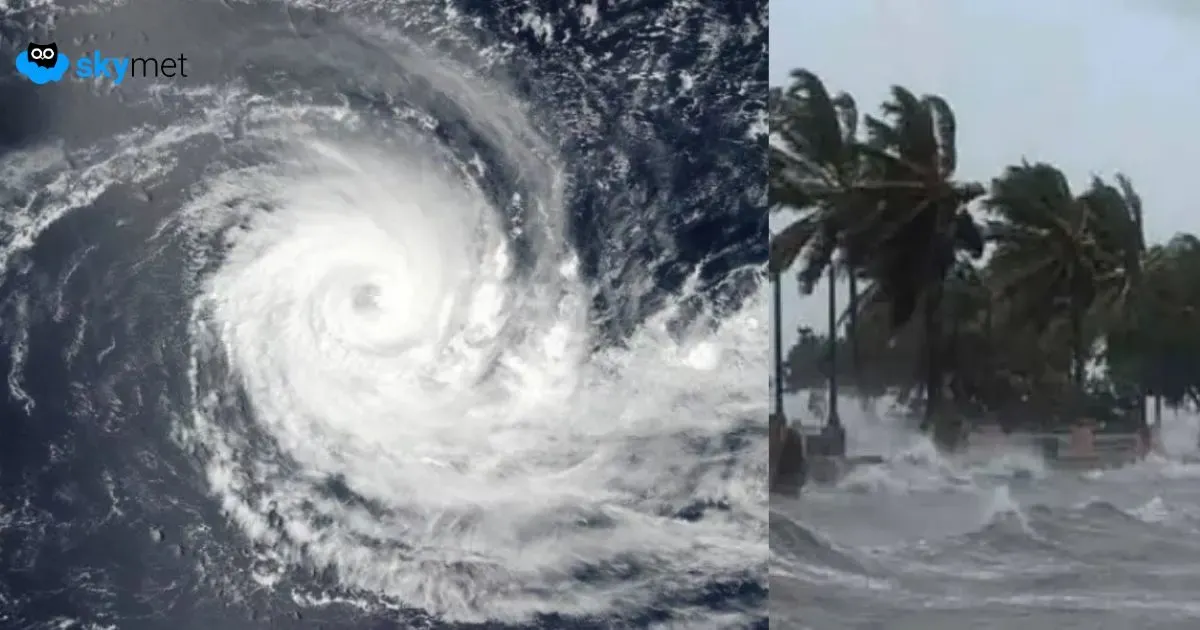La Niña and El Niño, the opposite phases of ENSO, adversely impact weather conditions over the snowbound areas and colder parts of Central Asia during the winters of the Northern Hemisphere. The northern mountains of India, Khyber Pakhtunkhwa & Gilgit Baltistan, Hindu Kush Range and Panjshir Valley experience severe winters during the La Niña phase of ENSO. La Niña conditions have returned to the Central Equatorial Pacific Ocean, marking the fifth occurrence in the last six years (2020, 2021, 2022, 2024, 2025). In this period, 2023 was an El Niño year. La Niña is the negative phase of ENSO, a climate pattern defined by variations in sea surface temperatures across the central and eastern Tropical Pacific Ocean, along with atmospheric changes. ENSO influences atmospheric circulation patterns worldwide. Actually, La Niña and negative IOD will work in tandem to intensify the scale of peak winters. A little solace may be drawn from the fact that La Niña this season is expected to be mild and short-lived too.
With the early snowfall in October, the Himalayas have put on their winter coat earlier than usual. The first week of the month saw popular hill stations like Gulmarg, the jewel of Kashmir, and parts of Himachal Pradesh transform into glistening white landscapes. Other regions such as Sinthan Top, Rohtang Pass, and the Dhauladhar ranges followed with light to moderate snowfall. Early snow was a thrilling event for tourists, and the chilly breeze, dense fog, and frozen peaks were a rare early-season spectacle for locals.
Earlier, there were devastating monsoon floods and cloudbursts in the Indian hilly states, North Pakistan, and northeastern parts of Afghanistan. The combined effect of La Niña and lingering flood impacts threaten colder winters. The hilly states of India and the northern plains, the northern and mountainous parts of Pakistan, and the mid and higher reaches of Afghanistan may record below-normal rainfall/snowfall. The potential impacts of La Niña and IOD will include:
- Reduced snowfall may soften tourist footfall
- Marginal river flow affecting irrigation and farming
- Inclement weather conditions may disrupt Rabi crops
- Increased challenge of Glacial Lake Outburst Floods (GLOF)
- Adverse effects on livestock health and food security
- Elevated smog and air pollution in plains
The ‘Chillai Kalan’, otherwise known as the severe winter period for the Kashmir Valley, is going to be harsh and bitterly cold. Lack of snow may impact the winter games in Jammu & Kashmir and Ladakh, normally scheduled in Jan/Feb. Diminished rainfall will necessitate conservation of water resources downstream in the river basins.


















